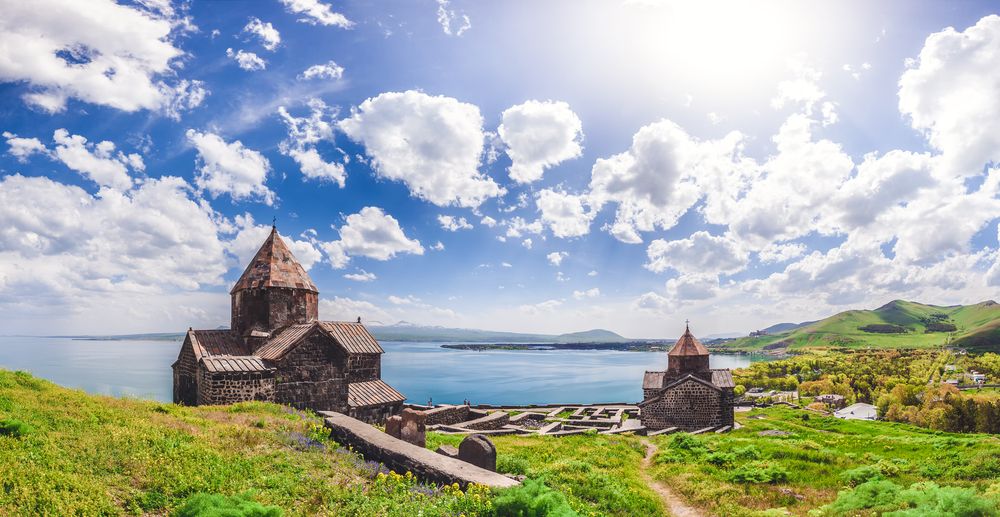Read the first part of the story about Armenia here.
Antique Temple in Armenia
In total, 28 kilometers from Yerevan is the Temple of Garni, unique in that this is the only antique building in the Hellenistic style in the country, erected back in 76 AD. The Armenian king Tredat I, by order of which the inscription in the Greek language is knocked out on one of the walls:
“Helios! The TRDAT the Great, Great Armenia, the sovereign, built this impregnable fortress in the year the eleventh of his reign. ”

The Temple of the Sun in Garni, completely restored in 1976
This temple, at the same time as an impregnable fortress at the top surrounded by a deep gorge, for many centuries was a favorite summer residence of the Armenian rulers.
Later, during a large earthquake, the temple of the Sun, erected using Hellenic technology from basalt blocks fastened by lead piles, resisted, but the rest of the buildings built from local limestones were destroyed. In the foreground of this picture, the ruins of the ancient fortress, the tsarist chambers, as well as the bathhouse built in the III century built in the 3rd century are clearly visible:
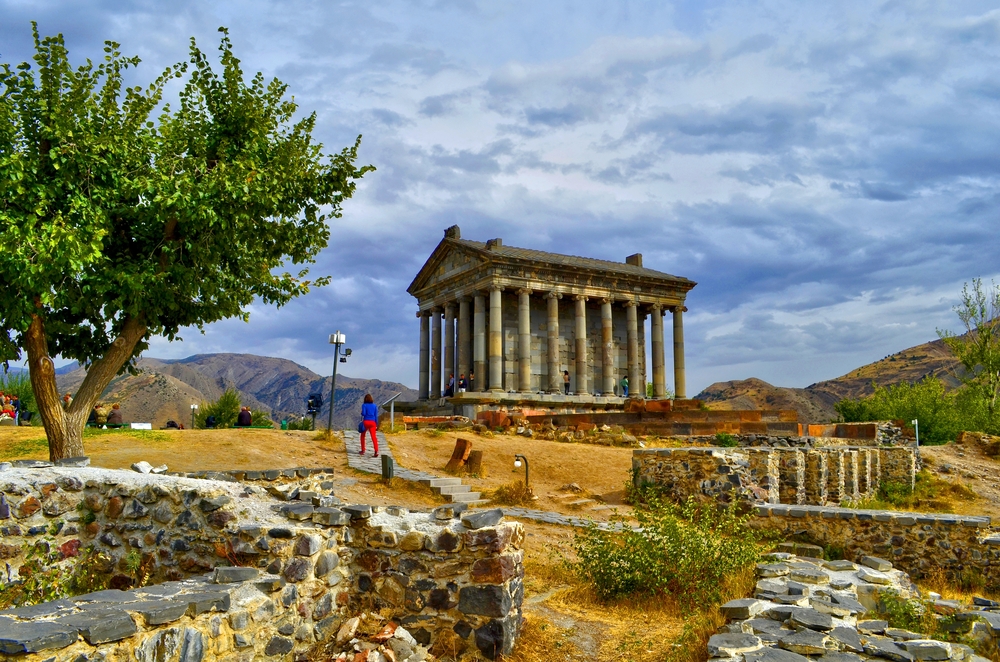
From here opens a picturesque view of the Azat River and the Garnian gorge with the famous “Stone Symphony”. The second name of this natural phenomenon: “basalt organ”.
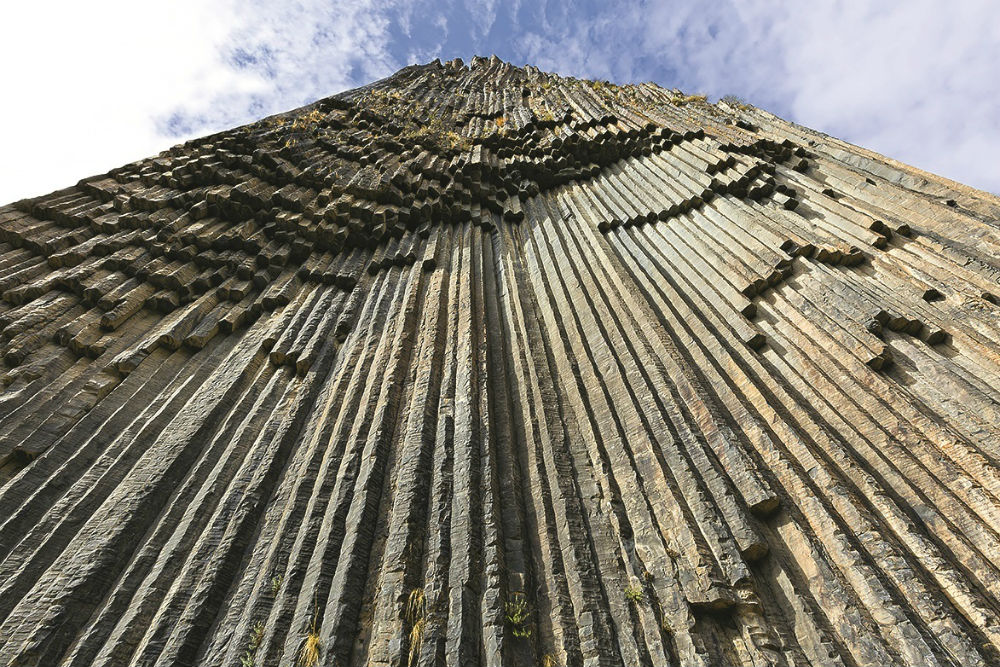
Armenia of the First in the world officially adopted Christianity
Not everyone knows that in 301 n. e. Armenia became the first Christian state in the world. The main role in this was played by St. Grigory Enlightener (Greek by nationality),
He became the first Catholicos of all Armenians, and King Tradat III the Great, who, formed before his appeal, the cruel persecutor of Christianity and the personal enemy of Grigory Enlightener.

The entrance to the dungeon, where he spent the captivity of 13 years St. Grigory Enlightener
It was TRDAT III who first imprisoned for 13 years in the dungeon of the fortress Horus, Virap Grigory Enlightener, after which he created a lot of sins, in particular, betrayed the martyrdom (stones) the first Armenian great marthes – the Virgin Ripsime, who rejected his proposal for marriage, and at the same time her mentor Gayan along with several dozens of associates.
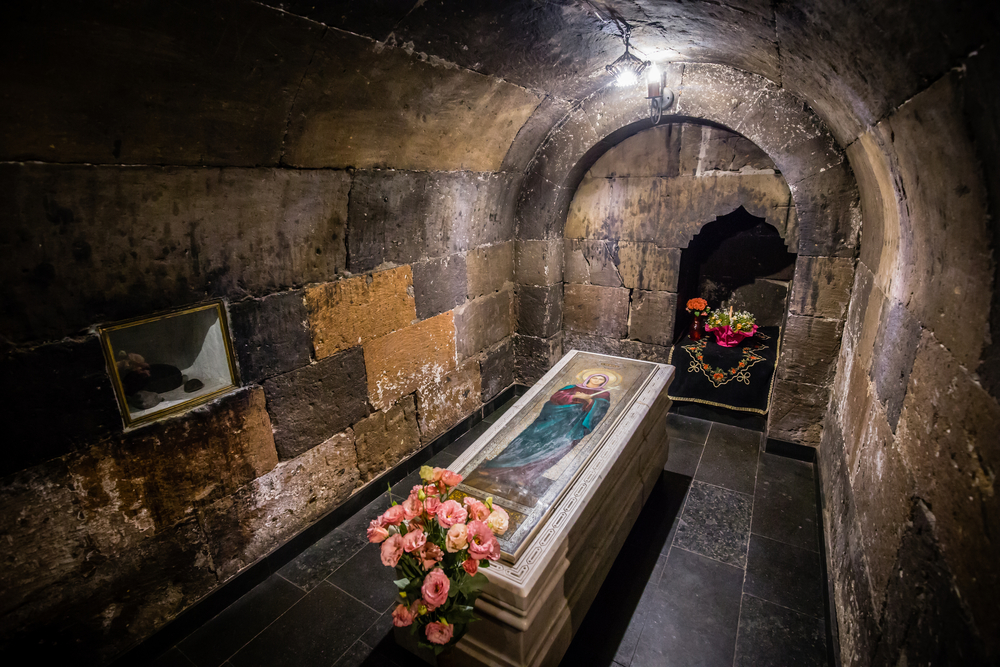
One of the oldest churches in the Vagarshapat, the crypt of the Virgin Ripsime
But then, as the annals testify, the execution of the girl of the ripsimiyan caused a strong emotional shock in Tradat III, which led to a severe nervous disease. The sister of King Khosrovadukht has repeatedly seen a prophetic dream that only Grigory Enlightener can heal her brother. As a result, he was released from the 13-year imprisonment and solemnly accepted in the palace, where the monarch healed with his prayers, who thus believed in Christ and declared Christianity the official religion of the state.
After that, as it happened in other countries, he devoted the rest of his life to the eradication of the fire and the sword of all other ancient beliefs, simultaneously destroying countless statues, temples and written documents related to paganism. As a result, today little is known about the ancient history and culture of Armenia.
Gegard – a temple hollowed in the mountains
But, perhaps, the most important cult complex in Armenia is revered by the Gergard Mountain Temple (literally – “spear”),
UNESCO introduced on the list of world cultural heritage objects. The name comes from the spear of Longin, which pierced the body of Jesus on the cross. It is alleged that this artifact brought the Apostle Thaddeus from the Holy Land in Armenia among many other relics.
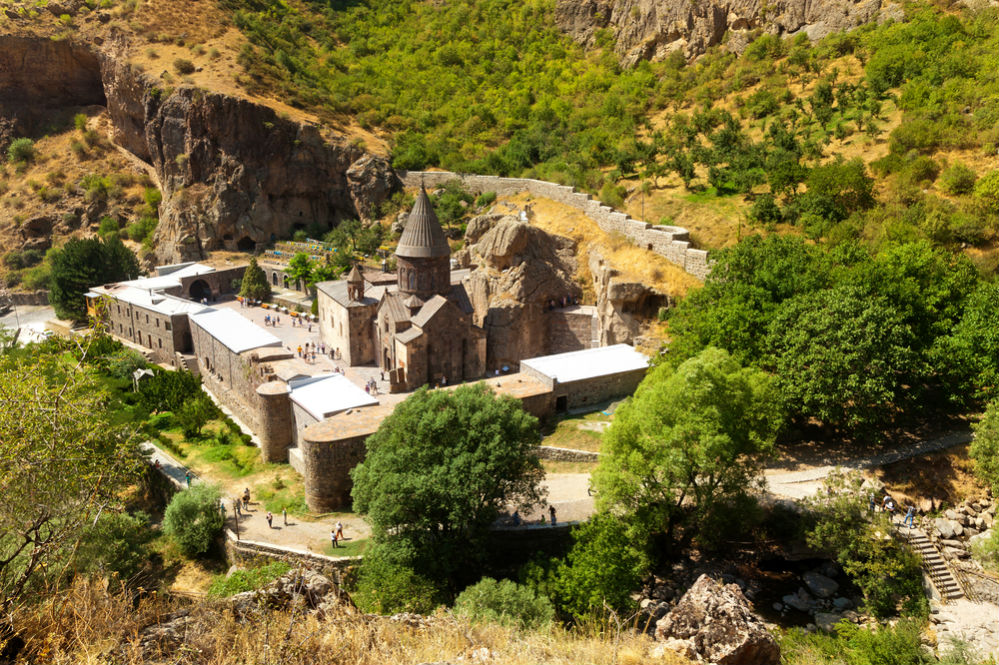
Photo: Monastery Gegard, located 45 kilometers from Yerevan
Some temples of the monastery complex are completely hollowed out inside the rocks, others are a room surrounded by high walls, as well as rooms carved deep inside the cliff. The entrances to some core rooms are strengthened by metal brackets, but most cave-caves look much more ascetic, the only “decoration” is the image of the cross on the wall.

The monastery was founded in the 4th century on the site of the sacred source, originating in the cave. Therefore, it was originally called Airivank (literally – “Cave Monastery”). According to legend, the founder of the monastery was already erected to the rank of Catholicos of all Armenians Grigory Educator.
However, the main chapel was built later, in 1215, under the auspices of the Georgian Queen of Tamara, who conquered most of Armenia from the Seljuki.
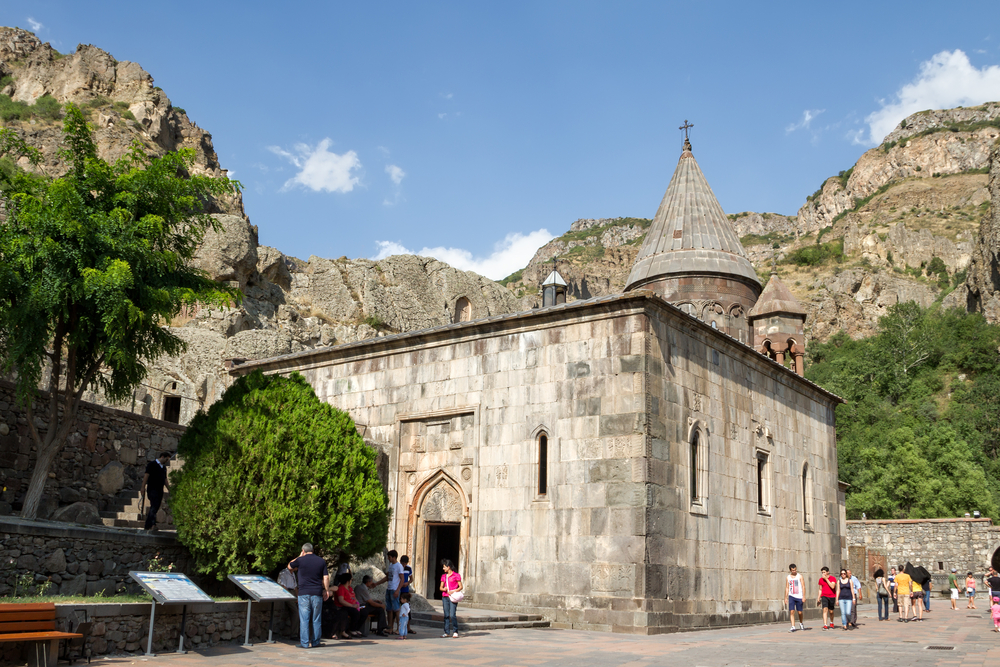
The main chapel of Gegard
By the way, the same spear of Longin, which gave the name to the Gegard monastery, is today stored in the Echmiadzin temple-the treasury of Christian relics, including pieces of the cross on which Jesus Christ was crucified, the wreckage of Noah’s Ark and many others.
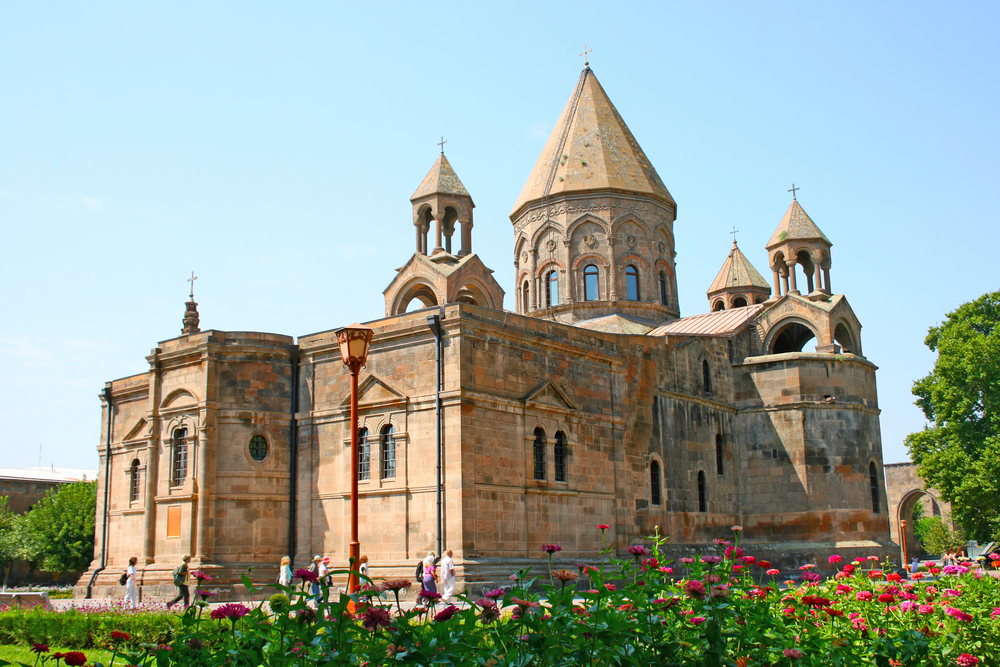
Echmiadzin Temple Museum
Khachkara – a unique sign of Armenia
It is imperative that literally the entire territory of Armenia is dotted with khachkars – traditional Armenian stone steles with crosses (“hach” – a cross, “kar” – a stone).

“Valley” Khachkarov in the vicinity of Gegard
Each of the tens of thousands of khachkarov is distinguished by its unique pattern, although everyone is designed in the same style. The prototypes of these peculiar obelisks were URARTRISIC and Hellenistic monuments. With the introduction of Christianity in Armenia, the practice of creating khachkarov continued, moreover, it accepted the unprecedented scale, it was then that a cross became an indispensable attribute in the composition of each of them.
As you already understood, the Armenians are very devout. Temples are scattered throughout the country. And what is noteworthy, passing by them, even in the distance, people of all ages necessarily stop, bow and baptize on them.
“Second Switzerland” in the northeast of Armenia
In order to get a little distracted from the religious attractions of Armenia, we will transfer to the National Park and part-time resort city dilizhan, located in the Tavush region, which is often called the “second Switzeria.”

The mining landscape protects the diliges from the winds and provides a therapeutic climate throughout the year. In addition to the mass of tourists who come here to admire natural beauties, the resort visits a large number of people in need of balneological treatment: many mineral springs and healing air create miraculous conditions for those who suffer from diseases of the respiratory system.

